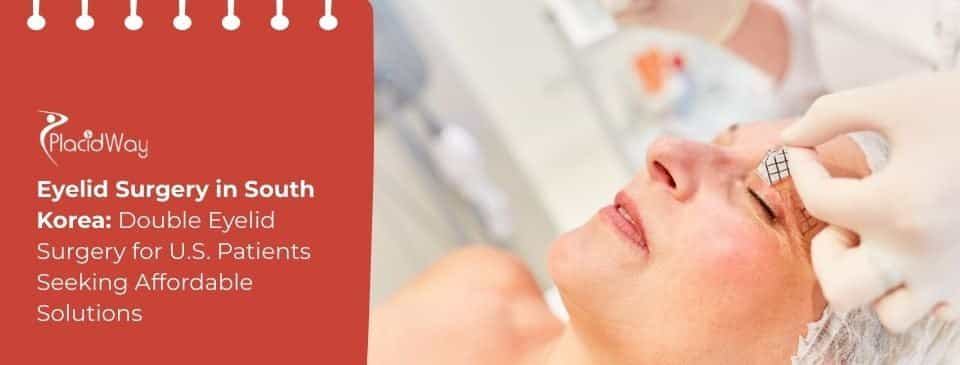
South Korea, often hailed as the plastic surgery capital of the world, has perfected the art and science of aesthetic procedures, none more so than eyelid surgery. For U.S. patients, the allure of South Korea lies not only in the unparalleled expertise of its surgeons but also in the remarkable affordability of procedures like double eyelid surgery, also known as Asian blepharoplasty. This procedure is about more than just aesthetics; it's a nuanced surgery designed to enhance the eyes' natural shape, creating a more open and expressive appearance.
This guide is designed for U.S. patients considering a journey to South Korea for eyelid surgery. We'll explore the different techniques, break down the costs, outline the step-by-step process, and provide a checklist for choosing the best surgeon in Seoul to ensure your experience is safe, successful, and transformative.
Key Takeaways
-
U.S. patients can save 40%–65% by choosing double eyelid surgery in South Korea, with procedures performed by world-renowned specialists.
-
Korean surgeons are masters of creating natural-looking eyelid creases that harmonize with each individual's facial features, offering highly customized results for both Asian and non-Asian patients.
-
The two primary techniques are the non-incisional (suture) method, which offers a faster recovery, and the incisional method, which provides a permanent result and can address issues like excess fat or sagging skin.
-
Double Eyelid Surgery Cost Comparison:
-
South Korea: $2,000 - $4,500
-
United States: $4,500 - $8,000
-
Mexico: $2,500 - $5,000
-
Turkey: $1,800 - $3,500
-
Why is South Korea the Global Leader in Eyelid Surgery?
South Korea's dominance in aesthetic surgery is a result of immense domestic demand, leading to rapid innovation, hyper-specialization among surgeons, and advanced medical technology. This unique environment has cultivated a level of artistry and precision in eyelid surgery that is unmatched anywhere else in the world.
The sheer volume of procedures performed means Korean surgeons have encountered every possible eye shape and anatomical variation, allowing them to refine their techniques to a microscopic degree. Clinics in districts like Gangnam in Seoul are equipped with cutting-edge technology designed for patient comfort and safety. Furthermore, the fierce competition among clinics ensures that prices remain affordable without sacrificing quality. For a U.S. patient, this translates to receiving world-class care from a true specialist at a fraction of the cost back home.
.jpg)
Understanding Double Eyelid Surgery (Asian Blepharoplasty)
Contrary to common misconceptions, the goal of double eyelid surgery is not to "Westernize" the eyes. It is a sophisticated procedure designed to create a supratarsal crease—the fold in the upper eyelid—that many people of East Asian descent are born without (a condition known as a monolid).
This crease makes the eyes appear larger, brighter, and allows for easier makeup application. Korean surgeons are experts at customizing the height and shape of the crease (e.g., tapered, parallel, or in-out) to complement the patient's existing facial structure and achieve a natural, harmonious result. The two most common techniques used to achieve this are the non-incisional and incisional methods.
Non-Incisional (Buried Suture) Method
The non-incisional technique is a minimally invasive option ideal for patients with thinner eyelid skin and no excess fat. It involves creating tiny punctures in the eyelid and weaving a fine suture through them to form a durable, natural-looking crease.
-
Pros: Minimal downtime (most swelling subsides in a week), no scarring, and the procedure is potentially reversible. It's often referred to as a "lunchtime procedure" due to its speed.
-
Cons: The crease may loosen or disappear over time in a small percentage of patients. It cannot remove excess skin or fat and is not suitable for correcting significant ptosis (drooping eyelid).
Incisional Method
The full incisional method is the gold standard for a permanent and highly customizable result. The surgeon makes a precise incision along the desired new eyelid crease, removes a small amount of excess skin, fat, or muscle, and then carefully sutures the skin to create a crisp, defined fold.
-
Pros: The result is permanent. It allows the surgeon to address multiple issues at once, including removing puffiness caused by excess fat and correcting ptosis by tightening the levator muscle.
-
Cons: Longer recovery period (2-4 weeks for major swelling to resolve), and a very fine scar will be hidden in the new crease, which becomes virtually invisible over time.
The Cost of Eyelid Surgery: South Korea vs. The USA
The most compelling factor for many U.S. patients is the significant cost savings. In South Korea, you can receive treatment from a top-tier, internationally recognized surgeon for less than the cost of a procedure with a general plastic surgeon in the United States.
This price difference is not indicative of lower quality. It's a reflection of South Korea's lower overhead costs, efficient healthcare system, and the high volume of procedures performed. This allows clinics to offer competitive pricing for a superior, specialized service.
Here is a detailed breakdown of the average costs for eyelid surgery in South Korea you can expect:
Did You Know? South Korea has the highest number of plastic surgeons per capita in the world. This intense specialization means that many surgeons focus exclusively on just one or two types of procedures, such as blepharoplasty, leading to an extraordinary level of expertise.
A U.S. Patient's Journey: What to Expect
Navigating medical travel to another country is straightforward when you know the steps. Reputable Korean clinics have streamlined the process for international patients, offering comprehensive support from start to finish.
Step 1: Virtual Consultation and Booking
Your journey will begin with an online consultation. You will send photos of your eyes, and a patient coordinator will arrange a video call with the surgeon or a medical consultant. You can discuss your goals, and the surgeon will recommend the best technique for you. Once you are comfortable, you will book your surgery date.
Step 2: Arrival and In-Person Consultation
Plan to arrive in Seoul at least 2-3 days before your surgery. You will have a detailed, in-person consultation with your surgeon to finalize the design of your new eyelid crease. The surgeon will use a small tool to simulate the crease on your eyelid so you can approve the final look.
Step 3: The Procedure Day
Eyelid surgery is typically performed under local anesthesia with sedation, meaning you will be relaxed and comfortable but not fully unconscious. The procedure itself takes about 30-60 minutes for a non-incisional and 60-90 minutes for an incisional surgery.
Step 4: Recovery and Follow-Up in Seoul
You will be able to return to your hotel the same day. The first 48 hours involve managing swelling with cold compresses. You will have a follow-up appointment about 5-7 days after surgery to have your stitches removed (for the incisional method).
Step 5: Returning to the U.S. and Long-Term Care
Most patients are cleared to fly back to the U.S. 7-10 days after their surgery. Your clinic will provide you with aftercare instructions and will remain available for virtual follow-ups should you have any questions as your healing progresses.
Choosing the Best Plastic Surgery Clinic in Seoul
With hundreds of eyelid surgery clinics in Seoul, choosing the right one is crucial. Focus on specialists, safety, and verifiable results to make an informed decision.
-
Specialization is Key: Look for a surgeon who is a "face specialist" or, even better, an "eyelid specialist." Check their credentials and ensure they are board-certified.
-
Review Before-and-After Photos: Ask to see photos of previous patients, paying close attention to those who have similar eye shapes and features to yours. Look for natural, consistent results.
-
Verify Safety Protocols: Ensure the clinic has an excellent safety record and is equipped with emergency medical systems. Some top clinics have an in-house anesthesiologist.
-
Communication: Choose a clinic with a dedicated English-speaking team to ensure clear communication throughout your journey.
Expert Insight: "The most important factor for a successful outcome in double eyelid surgery is aesthetic harmony. It's not about creating the biggest crease possible; it's about designing a crease that balances the patient's entire facial structure. A great surgeon is both a technician and an artist. U.S. patients should seek a surgeon whose aesthetic portfolio truly resonates with their personal goals."
Frequently Asked Questions (FAQ)
How long does double eyelid surgery last?
The results from the incisional method are considered permanent. The non-incisional (suture) method can last for many years, but there is a small chance the sutures could loosen over time, especially in patients with thicker eyelid skin.
Can non-Asians get double eyelid surgery in Korea?
Absolutely. While the procedure is often called "Asian blepharoplasty," Korean surgeons are highly skilled in upper blepharoplasty for all ethnicities. They can create a defined crease, correct asymmetry, or address signs of aging in Caucasian and other non-Asian patients with the same level of precision.
What is the best clinic for double eyelid surgery in Seoul?
The "best" clinic is the one that has a board-certified specialist whose aesthetic style matches your goals and who operates in a safe, modern facility. Focus on finding the right surgeon for you rather than just a famous clinic name. PlacidWay can help you connect with several top-vetted, specialized clinics.
Begin Your Transformation with PlacidWay
The decision to enhance your appearance is a personal one, and the right partner can make all the difference. PlacidWay connects you with South Korea's elite, board-certified eyelid surgeons. We eliminate the guesswork by providing transparent pricing, verified clinic reviews, and dedicated support for U.S. patients.

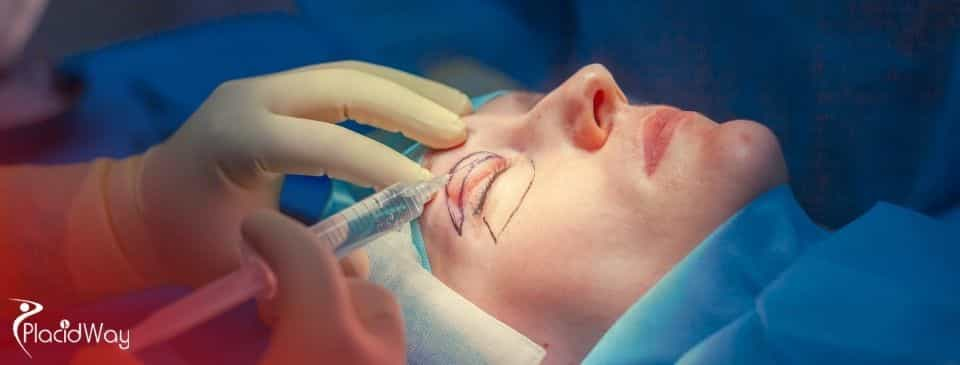

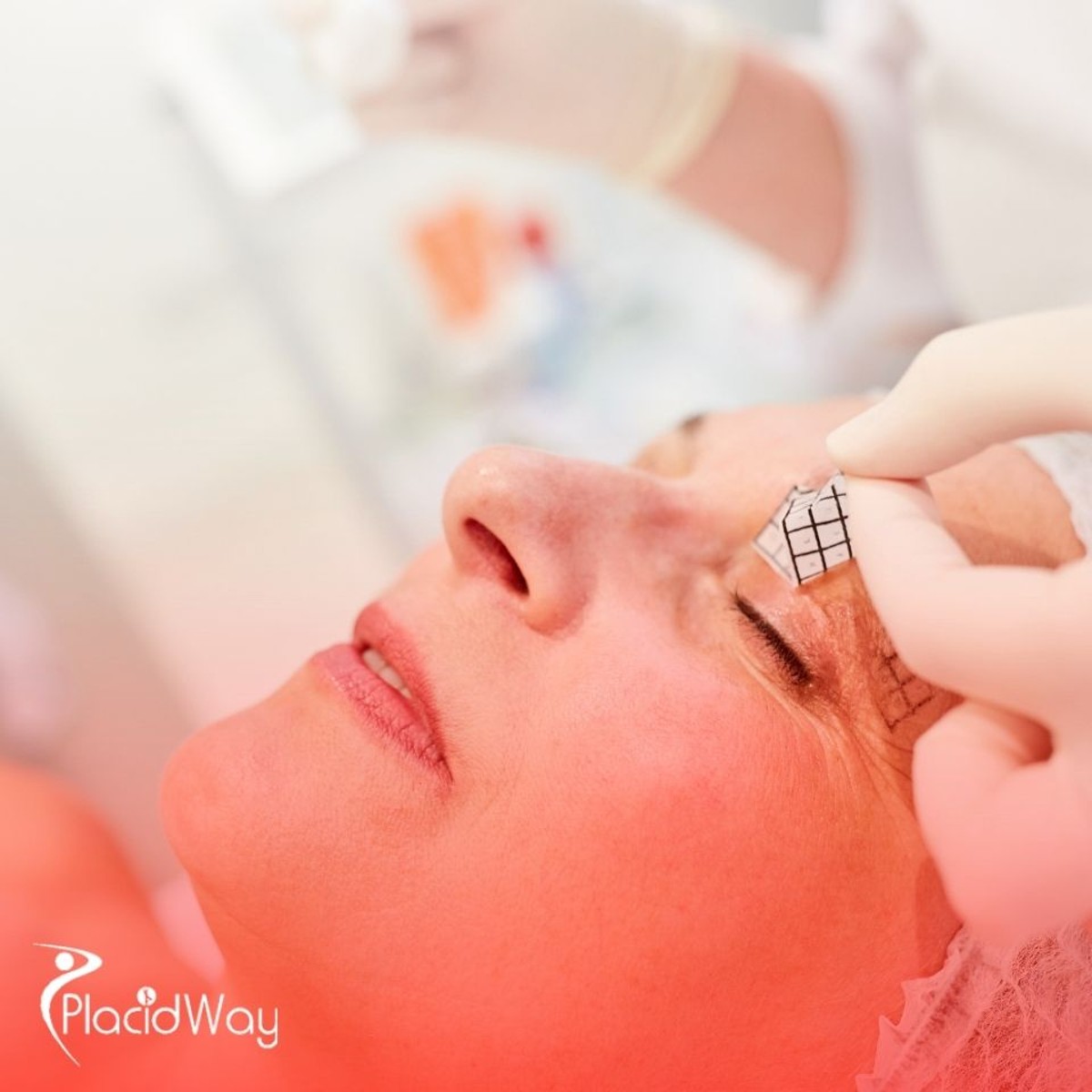
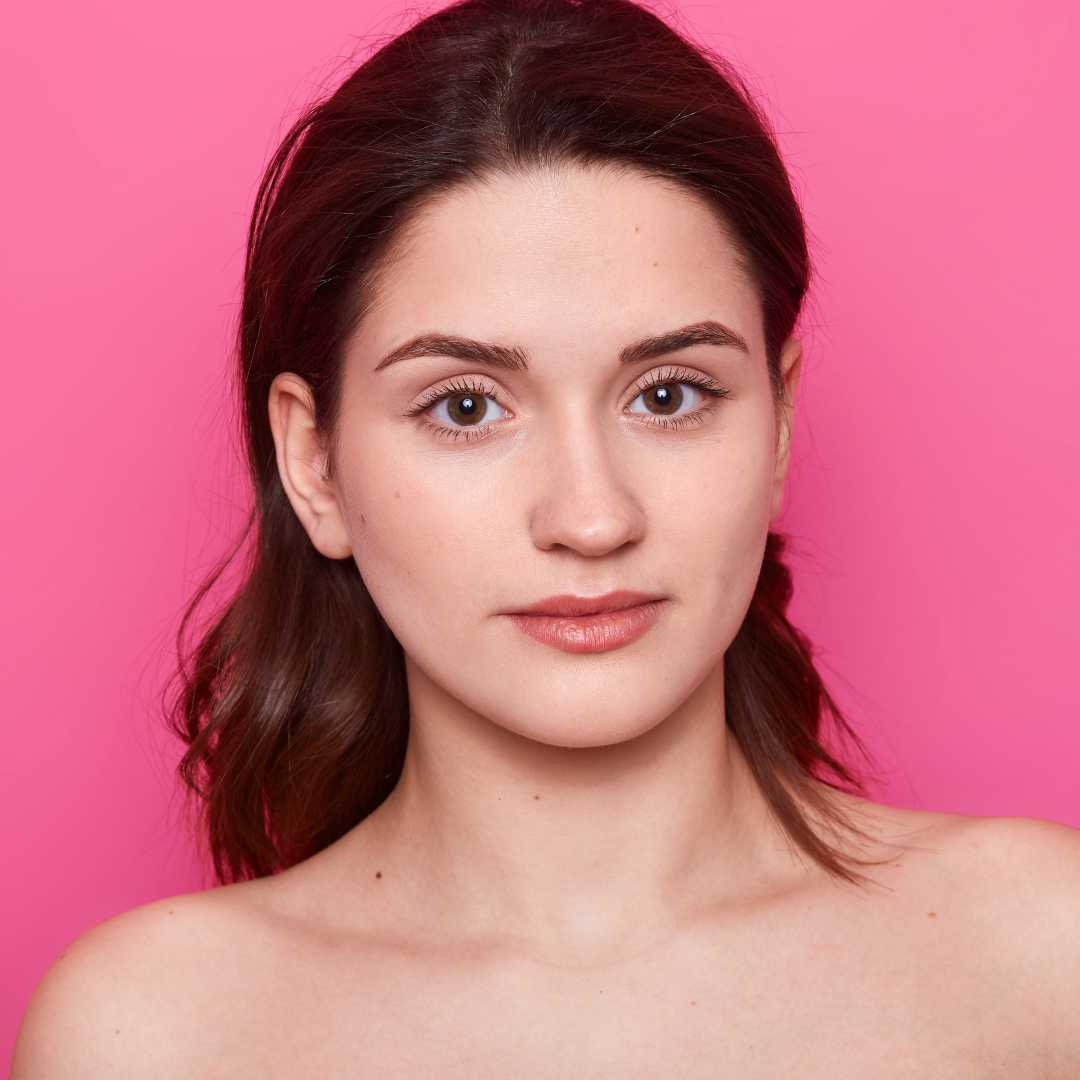

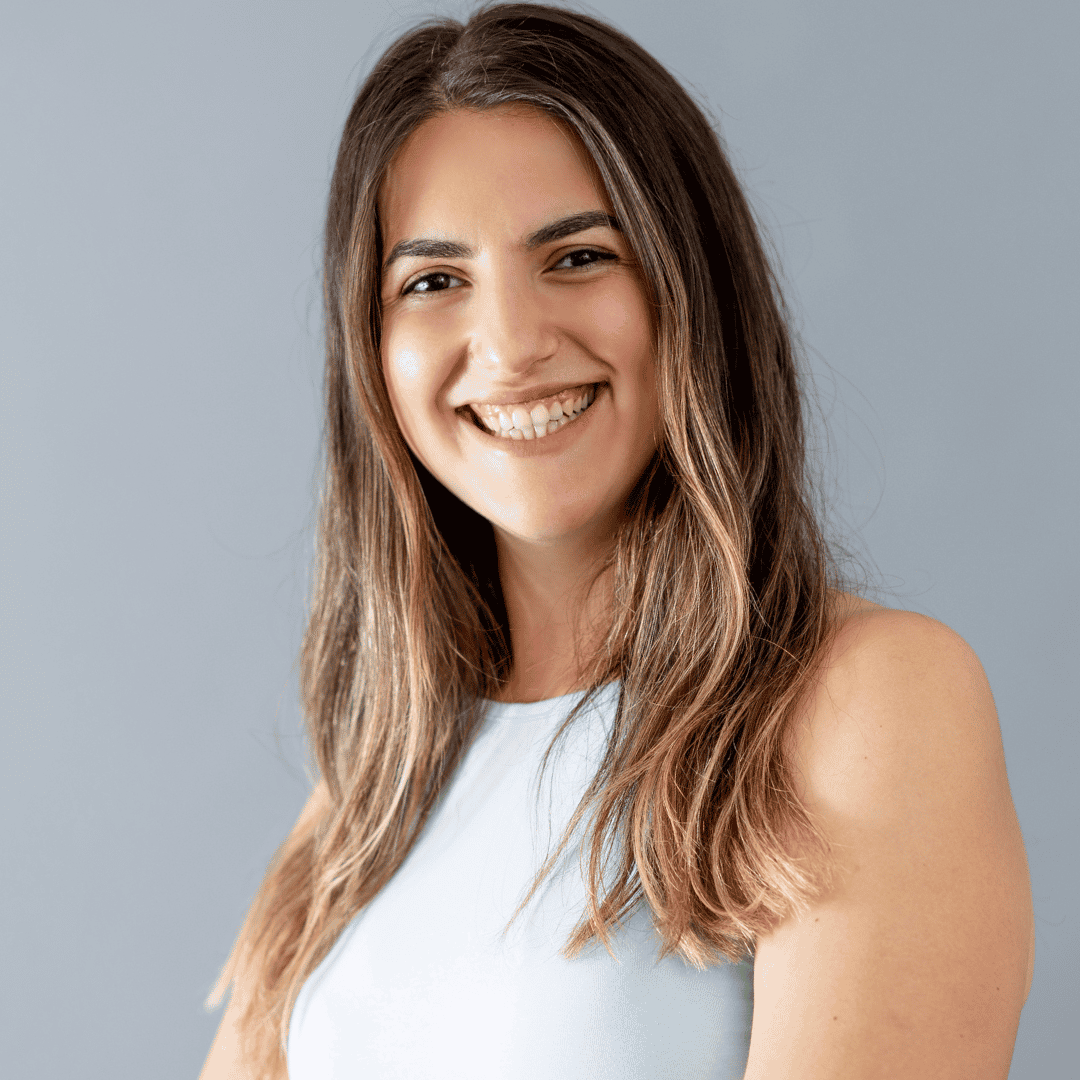
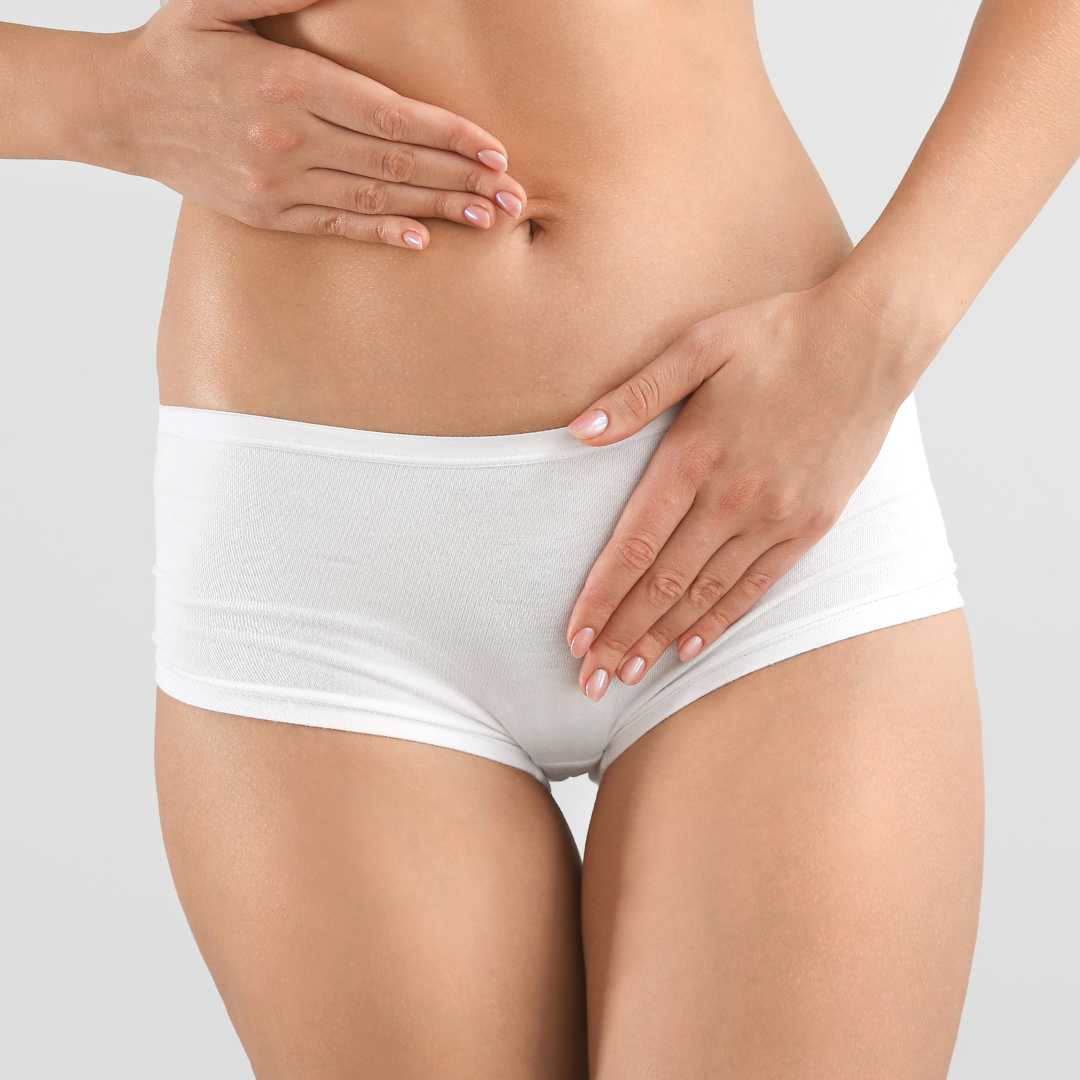

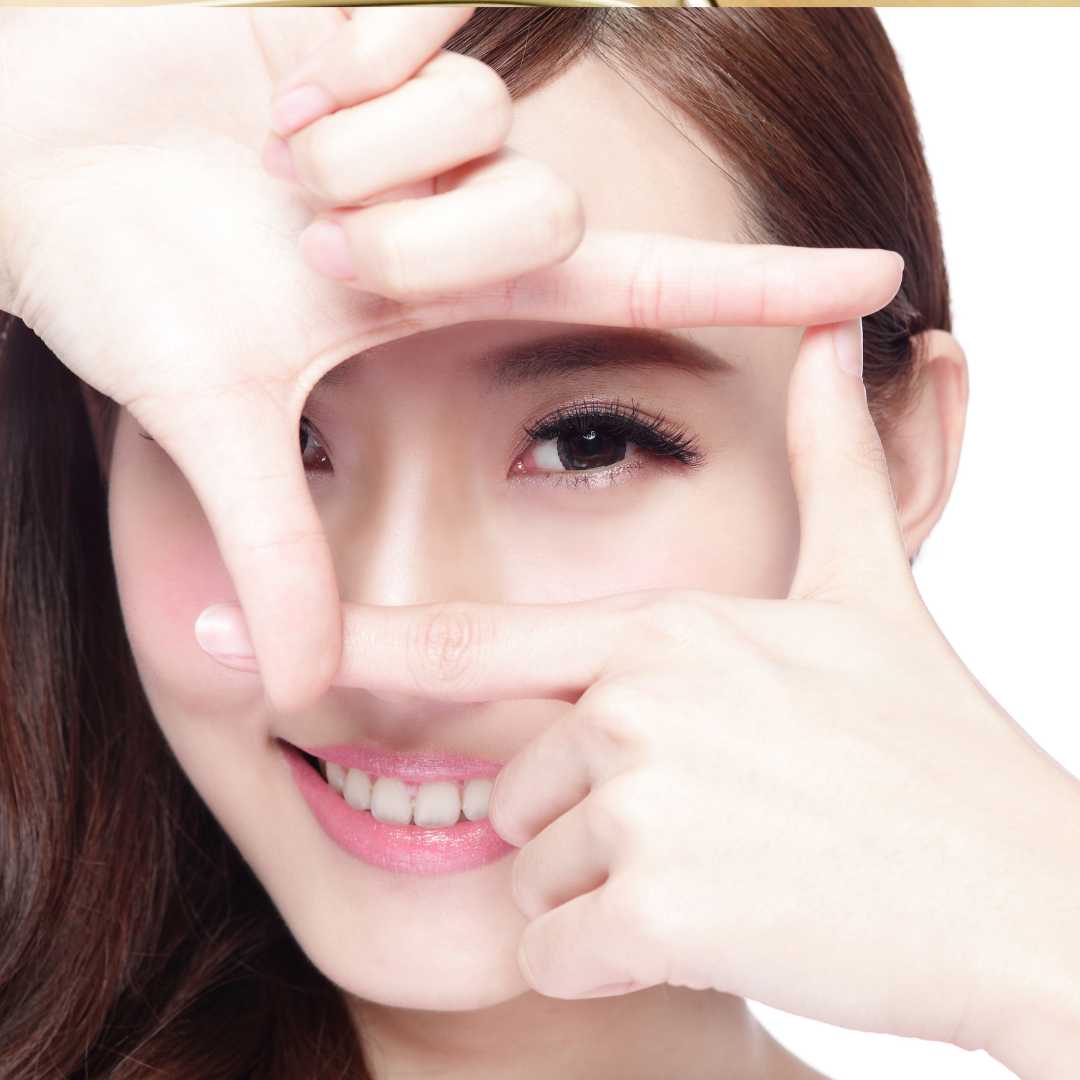

.png)
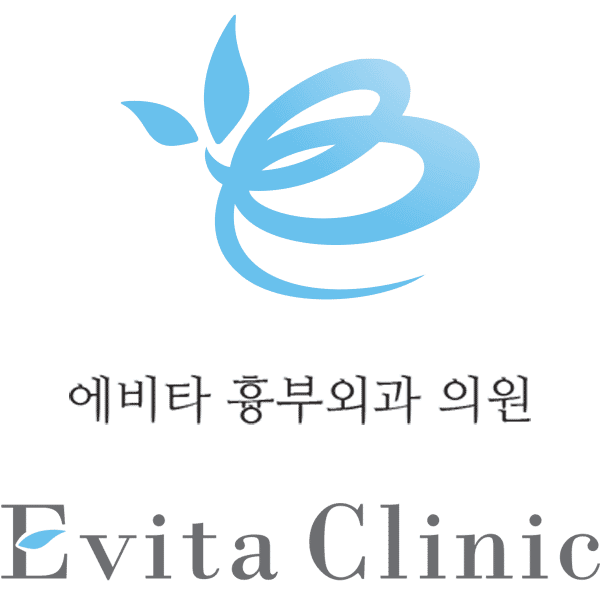
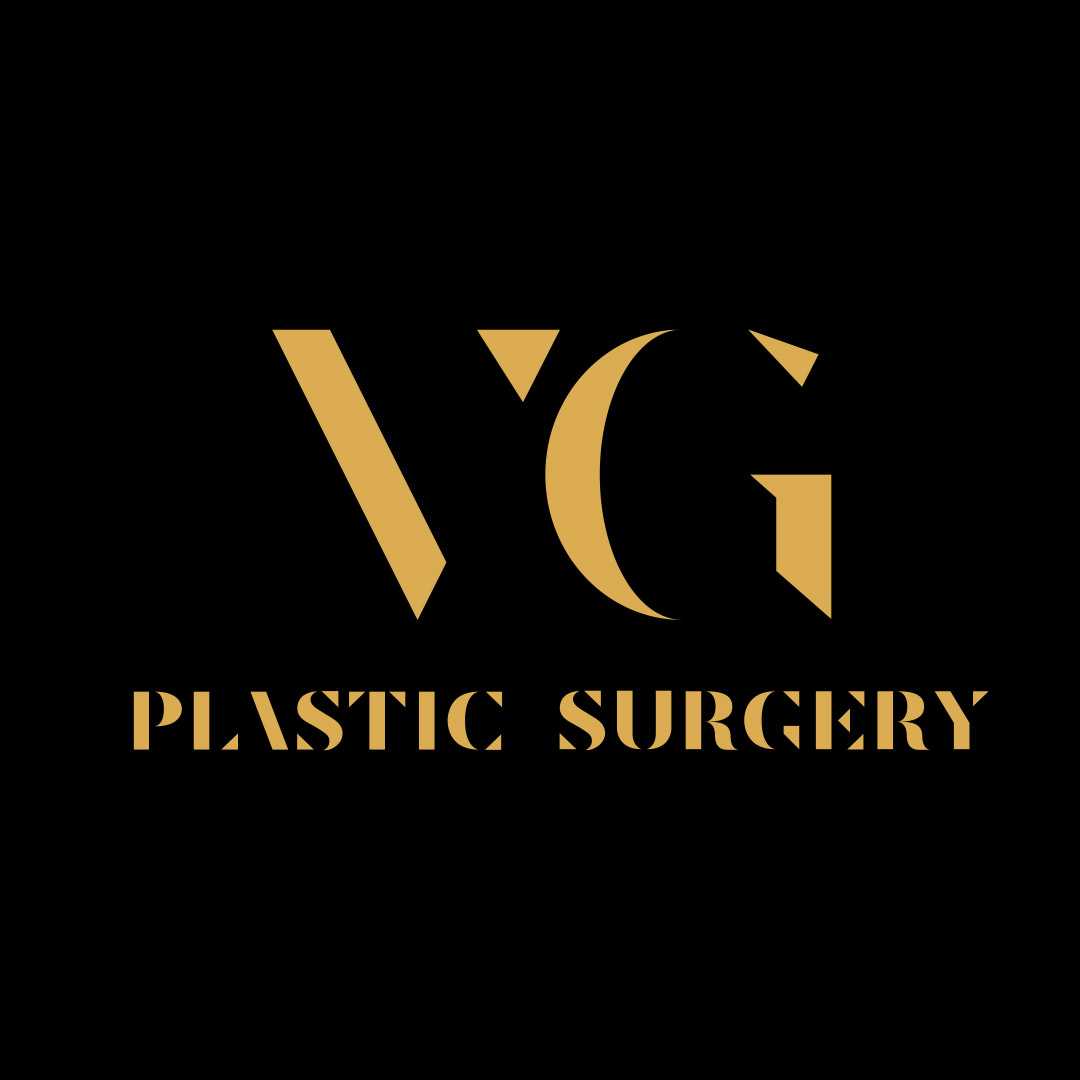
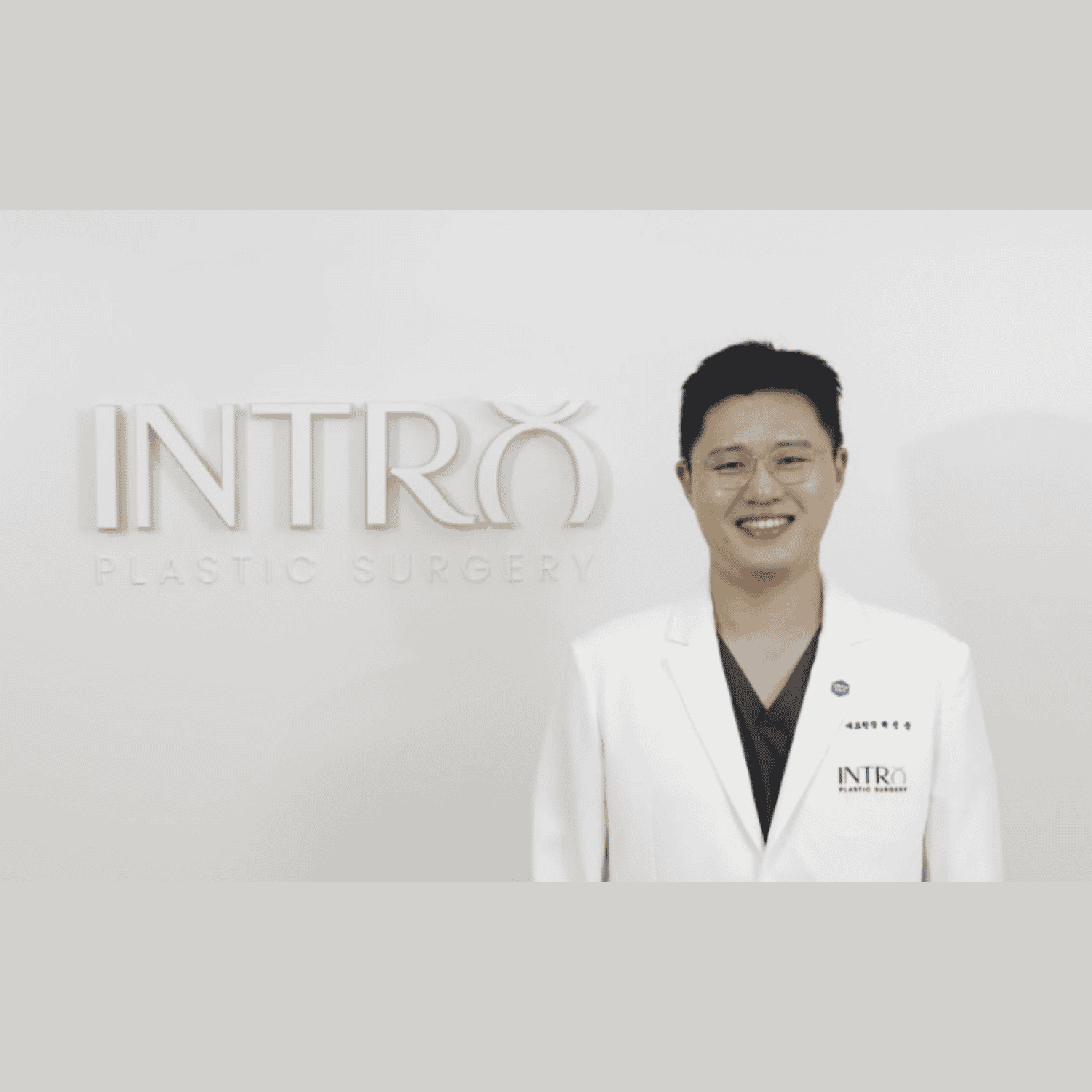
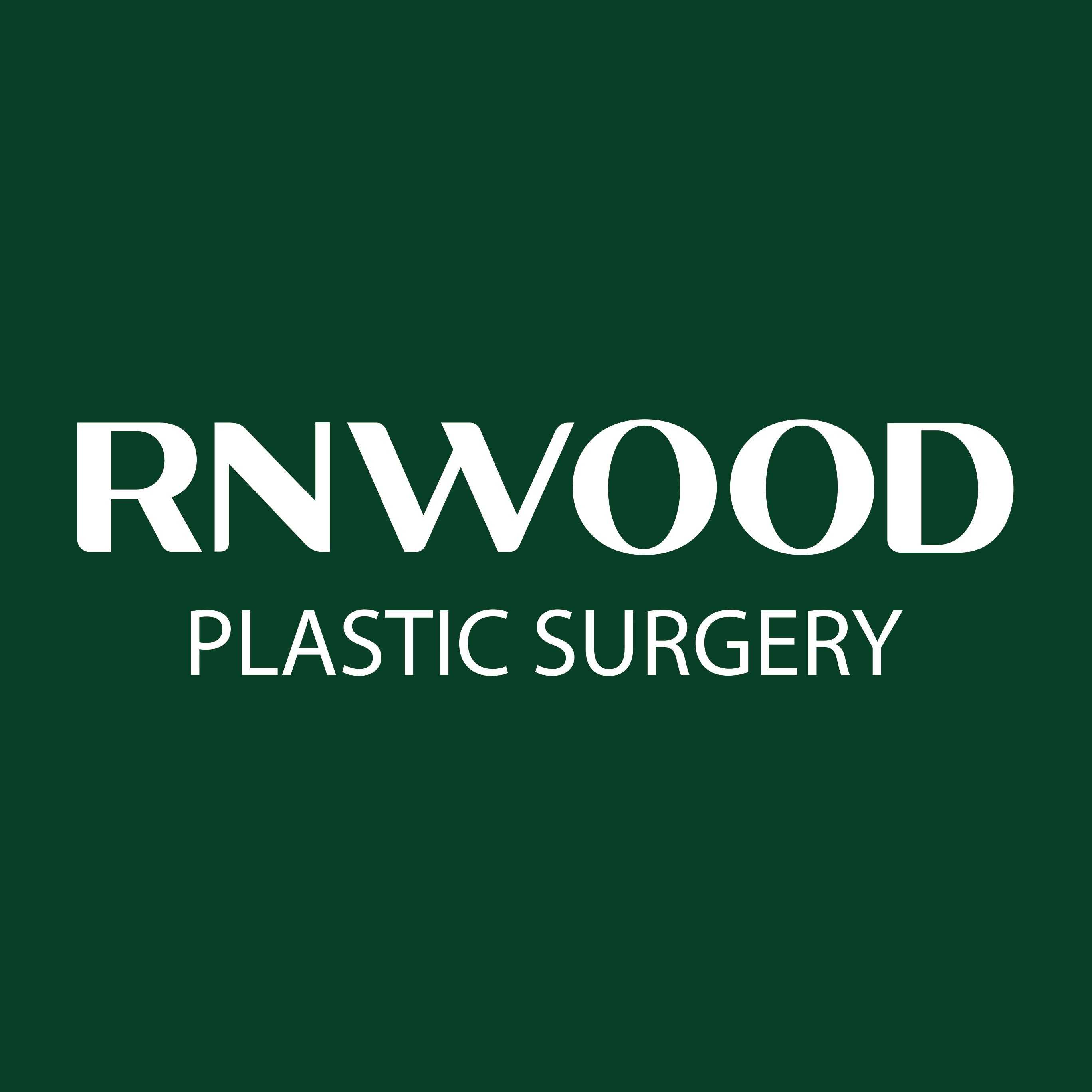
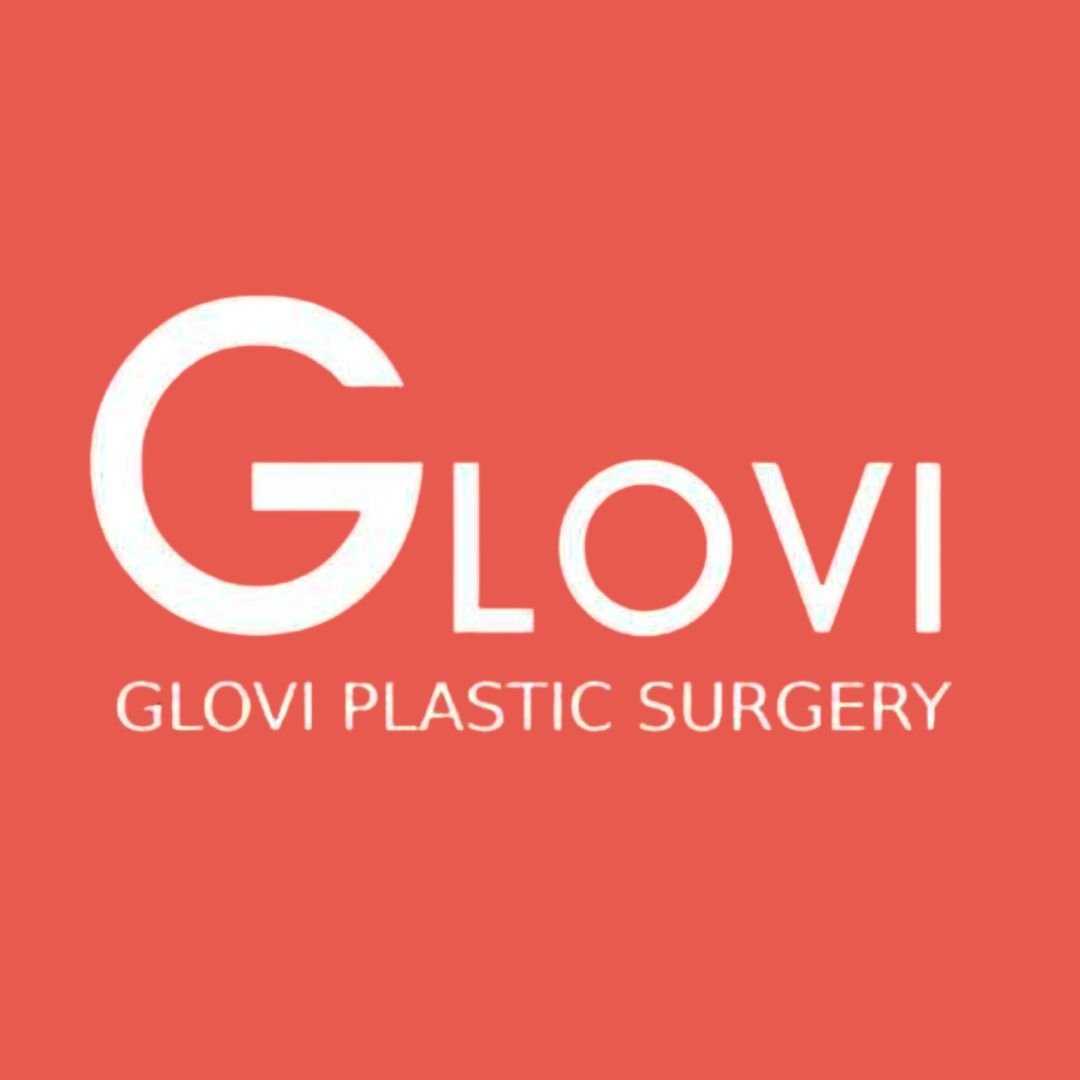

Share this listing